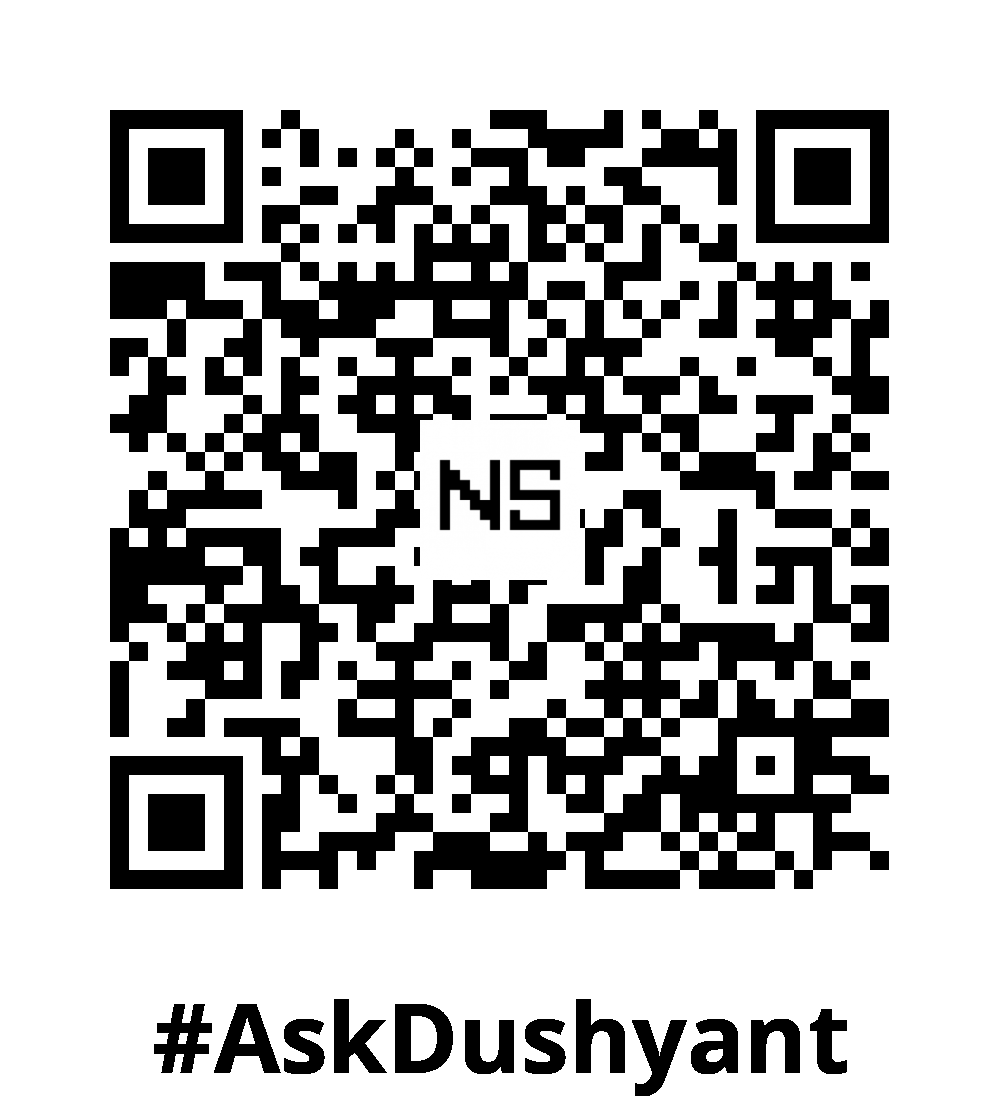In the world of data interchange and communication, two popular formats have dominated the technology landscape: JSON (JavaScript Object Notation) and XML (eXtensible Markup Language). Both JSON and XML offer unique advantages and have found their place in various technological applications. As a tech guru, I help you to explore the benefits of each format, discuss their best fit in the tech world, and delve into why JSON has become my preferred choice for API integration, data transfer, and internet communication. Furthermore, we will explore how many tech software solutions have embraced JSON due to its wide-ranging benefits.
Benefits of JSON:
- Simplicity and Readability: JSON’s concise and human-readable syntax makes it easy to understand and work with. Its structure resembles that of JavaScript objects, allowing developers to parse and generate data effortlessly.
- Lightweight and Efficient: JSON is a lightweight format that requires fewer characters compared to XML, resulting in reduced bandwidth usage and faster data transmission. It is particularly advantageous for web and mobile applications, where speed and performance are crucial.
- Native JavaScript Support: JSON is natively supported in JavaScript, making it seamless to parse and manipulate data within JavaScript-based applications. This inherent compatibility contributes to its widespread adoption in web development.
- Flexibility and Extensibility: JSON allows for flexible data structures and supports a wide range of data types, including numbers, strings, arrays, and objects. It also enables easy expansion and modification of data schemas without disrupting existing data.
Benefits of XML:
- Hierarchical Structure: XML’s hierarchical structure provides a clear and organized representation of data, making it suitable for complex and nested data structures. This makes it a popular choice for document storage and data modeling scenarios.
- Wide Industry Adoption: XML has been extensively used in various domains, such as web services, data exchange, and document storage. Its wide industry acceptance and support contribute to its continued relevance.
- Data Validation: XML allows the use of Document Type Definitions (DTD) or XML Schema Definitions (XSD) for data validation, ensuring data integrity and conformity to predefined rules.
Best Fit in the Tech World:
JSON and XML serve different purposes in the tech world, and their best fit depends on the specific use case:
- JSON is well-suited for API integration, especially in the web and mobile domains. Its simplicity, lightweight nature, and seamless integration with JavaScript make it an ideal choice for data transfer between client and server applications.
- XML shines in scenarios where complex data structures and data modeling are involved. It is commonly used in document storage, data representation, and industries that have established XML-based standards.
My Preferred Choice for API and Data Transfer:
As a developer, my preferred choice for API integration and data transfer is JSON. Its simplicity, compatibility with JavaScript, and efficient data transmission make it an excellent fit for modern web and mobile applications. JSON’s lightweight nature minimizes latency and enhances performance, while its widespread support across programming languages ensures seamless integration with various tech stacks.
Real-world technology applications have widely embraced JSON due to its numerous benefits. Let’s explore some examples:
- Web APIs: JSON is extensively used in web APIs for data exchange between client applications and servers. Major technology companies like Google, Twitter, and Facebook provide API endpoints that deliver JSON-formatted data, allowing developers to seamlessly integrate and consume the data in their applications.
- Mobile App Development: JSON’s lightweight nature and simplicity make it an ideal choice for mobile app development. Mobile APIs often use JSON to transmit data between the app and the server, enabling real-time updates, dynamic content delivery, and efficient synchronization.
- Internet of Things (IoT): The IoT ecosystem relies on efficient data exchange between devices and platforms. JSON’s compact format and easy parsing make it an excellent fit for transmitting sensor data, device information, and control commands in IoT applications.
- Data Interchange Formats: Many modern data interchange formats, such as GeoJSON for geospatial data and JSON-LD for linked data, are based on JSON. These formats enable the seamless exchange of specific types of data across different systems, fostering interoperability and integration.
- NoSQL Databases: JSON’s flexibility aligns well with NoSQL databases, which store and retrieve data in a non-tabular format. Popular NoSQL databases like MongoDB use JSON-like documents to represent and organize data, providing developers with a schema-less and agile approach to data management.
- Microservices Architecture: JSON plays a crucial role in microservices-based architectures, where different services communicate and exchange data. JSON provides a lightweight and standardized format for inter-service communication, facilitating the seamless integration of microservices within complex software systems.
My Tech Advice: Both JSON and XML have their merits and are widely used in the tech world. JSON’s simplicity, lightweight nature, and native JavaScript support make it the preferred choice for API integration, data transfer over the internet, and modern application development. However, it’s important to consider the specific requirements of each use case when selecting the appropriate format. As technology continues to evolve, JSON has gained significant popularity, with numerous software solutions leveraging its benefits for streamlined and efficient data communication.
#AskDushyant


Leave a Reply